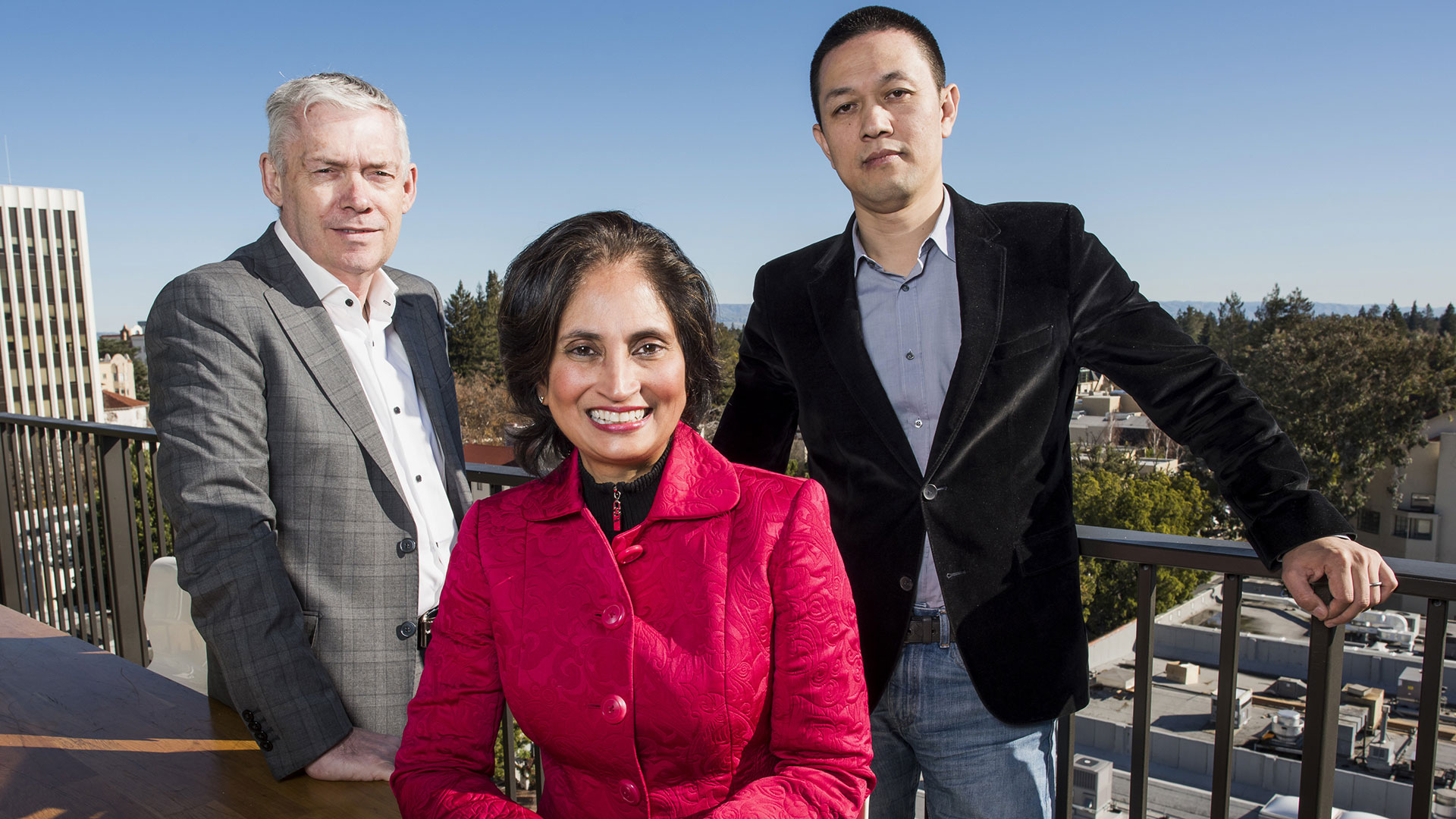

This is a pacesetting year for huge-horsepower electric vehicles. The Geneva Motor Show gave us the 1,030-hp, turbine-equipped TechRules, the 1,088-hp Rimac Concept One, and the 1,384-hp Rimac Concept S. Last week came the 2,010-hp Nikola One semi tractor. Now Shanghai-based NextEV has promised a European unveil of its £1-million, 1,360-hp supercar later this year – a super-coupe that a company spokeswoman said “is expected to outperform all combustion (engine) supercars in the world.” Take that, McLaren P1, Ferrari LaFerrari, and Porsche 918! Or don’t, since NextEV is only two years old and we don’t even have a public sketch of the supercar yet. All we know is what we’ve been told, which is the power number, that it will accelerate from zero to 62 miles per hour in under three seconds, and be built in the UK.
The publicity silence could, however, signal more substantial fundamentals – the kind that are actually dangerous to the establishment. Whereas China-based EV carmakers Faraday Future and its second-cousin LeSEE unveil concepts and renderings, NextEV founder William Li – who says, “Talking big is pointless” – has quietly built what appear to be genuine foundations. Former Ford of Europe product planner and COO Martin Leach is NextEV’s co-president, former Cisco CTO Padmasree Warrior is the company’s head of R&D and global development head. The firm’s backers, which include Li and three other Chinese Internet titans, as well as Tencent, Sequoia Ventures, Hillhouse Capital, and Joy Capital, have put $1 billion into the company. The company HQ lives in Shanghai, the design HQ lives in Munich, the software and R&D HQ lives in San Jose, with further R&D satellite outposts in Beijing, Hong Kong, and London. NextEV’s engineering corps includes emigres from all the big OEM names, as well as Tesla and Italdesign Giugiaro. Motorsport.com reports that NextEV is taking over the Formula E team it sponsors, which will give it even closer collaboration with the company that produces its EV racing powertrains.
The electric supercar will pose as technology flagship bait to lure attention to the company’s planned mass-market EVs, expected to roll out in 2017. Although NextEV gets typecast as a Tesla competitor, the executives in charge take pains to avoid the comparison, instead stressing how they want to ultimately build affordable cars that are comparable to a smartphone in ease-of-use and technology. The standard range will launch in China before expanding internationally. Said Leach, “We want our company’s reputation for premium products to be geared to quality and customer satisfaction, not price. The world market for cars was 90 million units last year and we see opportunities across the whole market.”
R&D chief Warrior, a Model S owner herself, said, “The principle vision is to build a car that is designed for the mobile and Internet era,” one that prioritizes “user experience” and being “a technology platform, not just a physical car.”
And founder Li is aiming for vehicles that provide more user-centric technology than a Tesla but at half the price. He said, “Traditional auto manufacturers treat the car as 95 percent transportation tool. Tesla’s cars have perhaps 20 percent to 30 percent content that are not related to transportation, my aim is to boost that to more than 50 percent.”
Of course that all sounds great… but let’s see that supercar, eh?